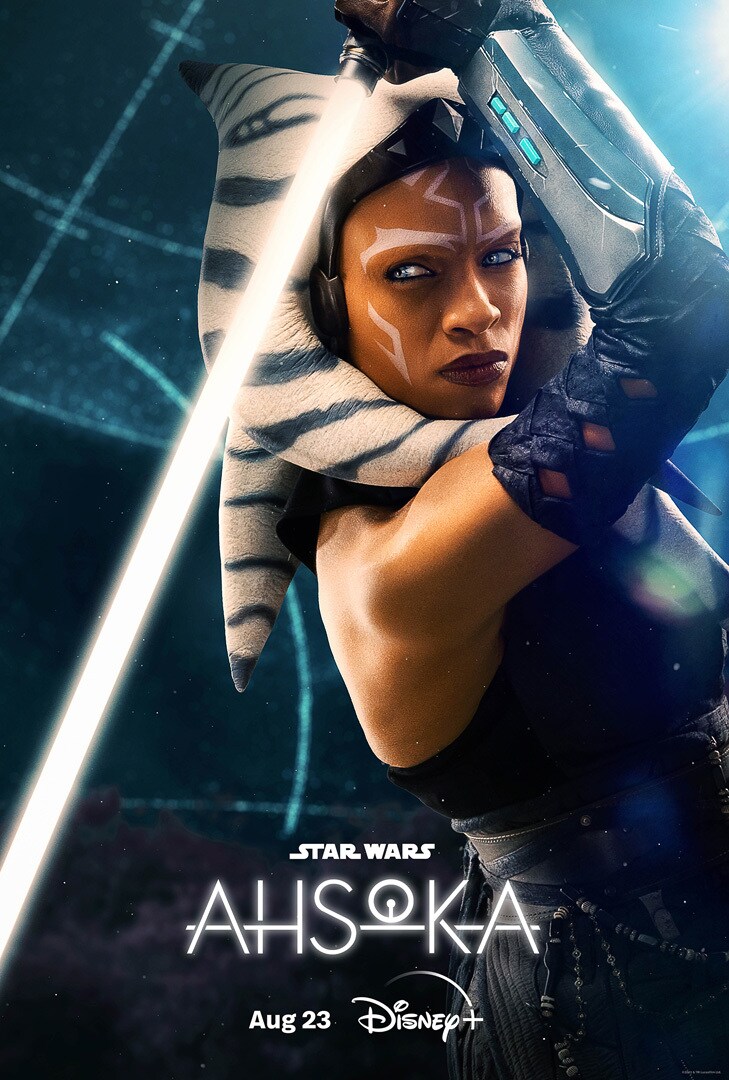The character Ahsoka was first created by George Lucas and his protege Dave Filoni for the animated series “Star Wars: The Clone Wars.” She also played a significant role in the animated “Star Wars: Rebels,” and she made cameos in the live action shows “The Mandalorian” and “The Book of Boba Fett.”
Now, Ahsoka has her own live action series on Disney Plus, written entirely by Filoni. The series wrapped up in October.
One of the biggest complaints I’ve heard about “Ahsoka” is that it’s confusing for people only familiar with the character from her cameos in live action shows.
Some details from those cameos are important in “Ahsoka,” but it’s really a follow up to “Clone Wars” and “Rebels,” as many characters and storylines are carried over.
It’s a large undertaking, but I would recommend watching the animated shows to enjoy “Ahsoka” to its fullest. Otherwise, jumping right into “Ahsoka” is like starting with the twelfth season of an ongoing series.
Some Star Wars viewers are hesitant to watch “Clone Wars” and “Rebels,” simply because they aren’t live action. However, animation is a fantastic medium for telling Star Wars stories because the people working behind the scenes are able to embrace the inherent cartoonishness of the franchise.
Another complaint I’ve seen about “Ahsoka” is that it doesn’t stack up to “Andor,” a show which aired last year to acclaim among Star Wars fans and non-Star Wars fans alike.
Many argue that “Ahsoka” (and the other live action Star Wars shows, too) are bad compared to “Andor,” especially in regard to the writing. I wouldn’t say most of the other shows are bad, but simpler.
“Andor” is serious and intense. It takes its time. There are multiple, overlapping storylines, each with a new set of personal stakes for the characters involved. The show’s complexity sets it apart. Does that make the simpler shows bad? Actually, it makes them necessary.
If “Andor” is a prestige drama, “Ahsoka” is a Saturday morning cartoon. I don’t mean that in a bad way at all. Cartoons are great. They’re silly, fast-paced, and comforting. The best cartoons also have serious and emotional moments sprinkled throughout and they tackle deep subjects in ways that make them easier to digest.
All those traits are true of most Star Wars entries, too. That’s the inherent cartoonishness I mentioned earlier. Viewers have enjoyed that status quo for nearly fifty years, yet some fans seem to want it abolished. However, that status quo is the reason “Andor” feels so special.
If Lucasfilm abandoned their simple (but still highly entertaining) baseline, Star Wars fans wouldn’t be pleasantly surprised by subversive shows like “Andor” anymore.

